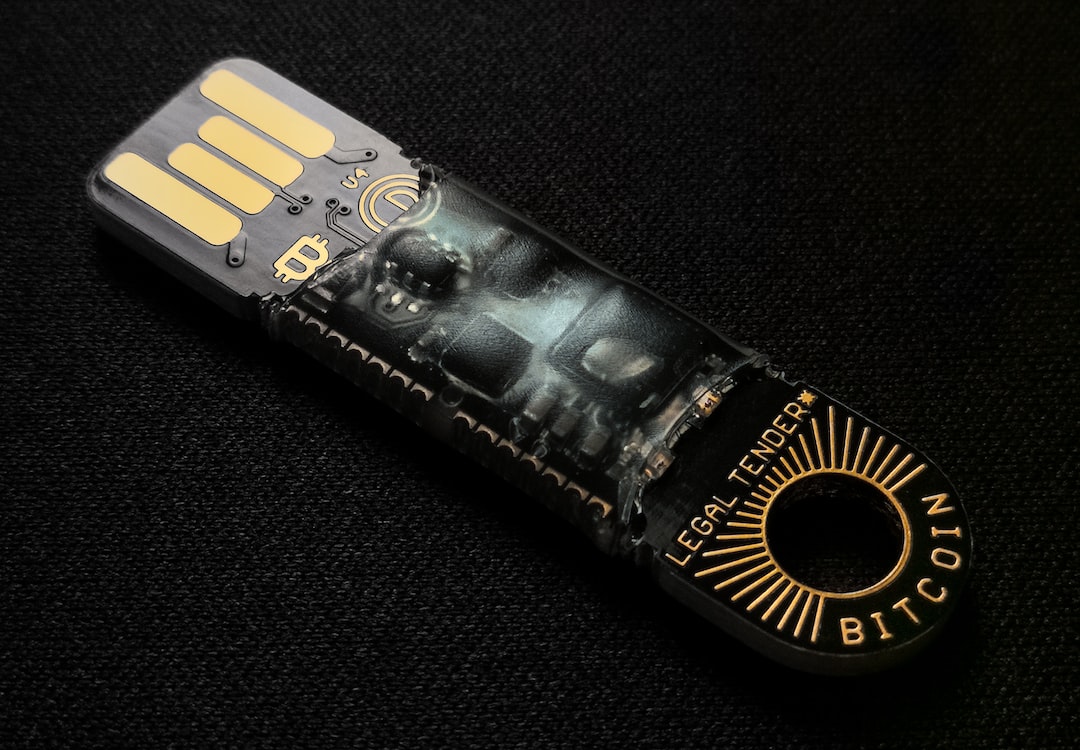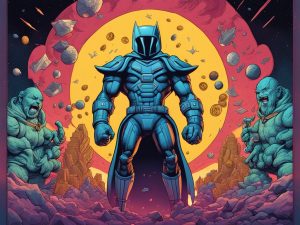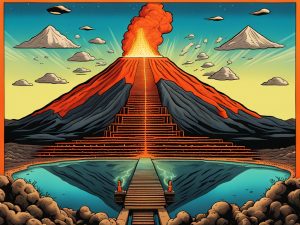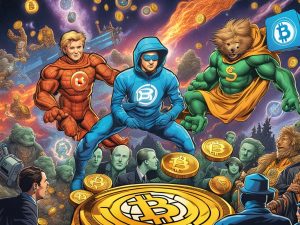Non-Fungible Token (NFT) Marketplaces Shift Focus to Community
The NFT market has seen a shift in focus as collectors are now holding onto their assets for longer periods of time, embracing the concept of community. According to a report by NFT18, the average time between an NFT purchase and resale has nearly quadrupled since 2021, reaching just under 100 days. However, despite this trend, active wallets on platforms like OpenSea remain healthy at 192,500.
Art Segment Gains Popularity
While OpenSea dominates the market with a volume of $84.8 million in October, its competitor Blur’s $213 million volume may have been artificially boosted. Collectibles such as Azuki, Doodles, and Bored Ape Yacht Club collections continue to dominate the NFT market in terms of active wallets. Surprisingly, art accounts for the second-most active wallets with 23,000 addresses, while gaming, utility, and virtual world make up the rest of the transacting addresses.
Growing Art Sector in NFTs
Although art trading makes up only 7% of the total volume traded in October, it is a growing segment within the NFT market. Companies like 10101.art are fractionalizing art for shared ownership, attracting owners who have a collector’s mindset rather than a speculator’s mindset.
NFT Marketplaces Should Prioritize Community
Carlos Diaz, the head of UNCUT, suggests that future NFT marketplaces should prioritize social features and focus on building strong communities rather than speculation. NFTs serve as powerful identity markers that connect holders to specific communities. By enhancing the user experience and fostering social connections, marketplaces can create long-lasting engagement and loyalty.
Hot Take: Building NFT Marketplaces on Community
The future of NFT marketplaces lies in their ability to prioritize community and social interaction. By shifting the focus from speculation to building strong communities, these platforms can create a sustainable ecosystem for NFT collectors and creators. The concept of shared interests and social connections can provide a more fulfilling experience for participants, fostering long-term engagement and loyalty.





 By
By
 By
By
 By
By

 By
By
 By
By